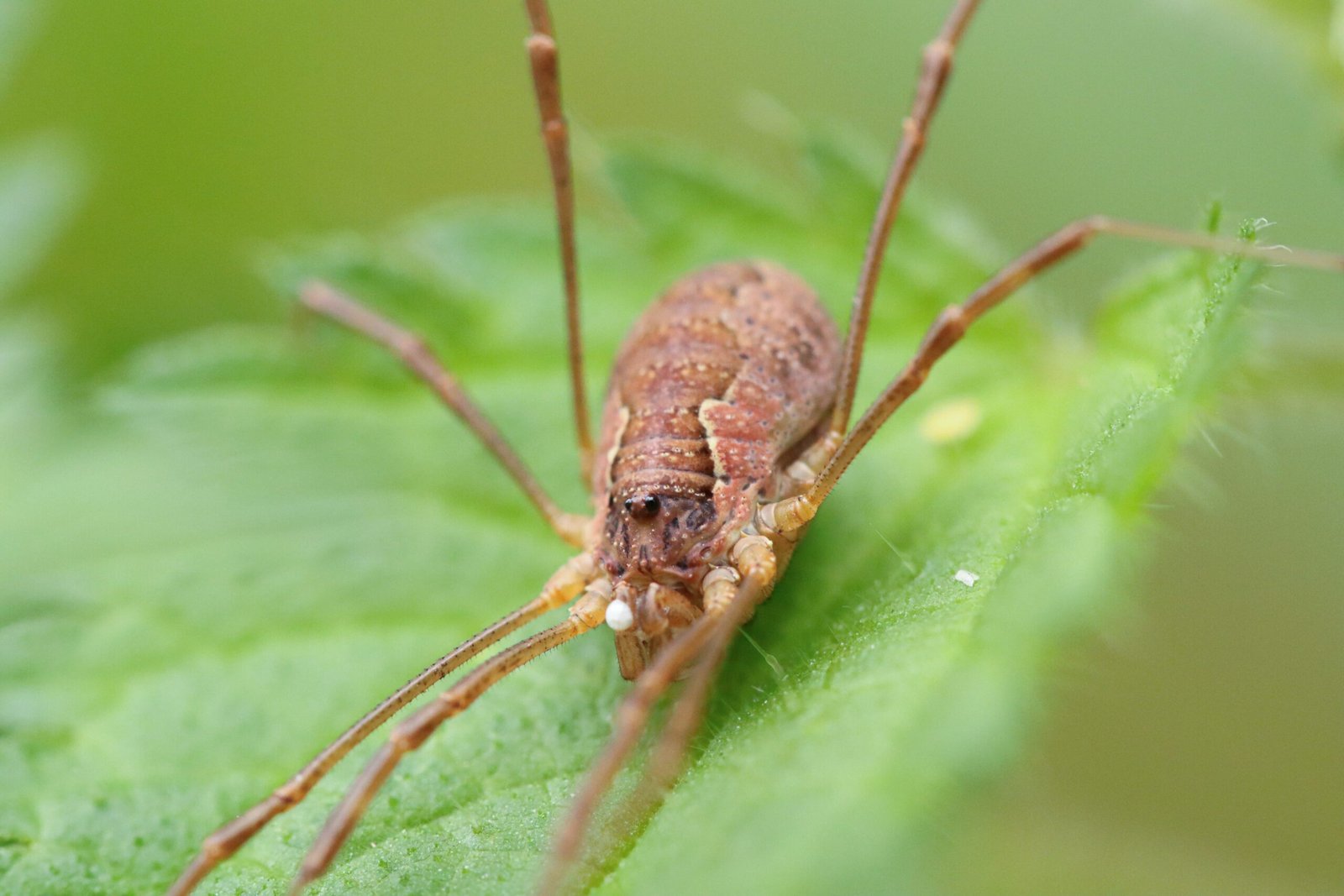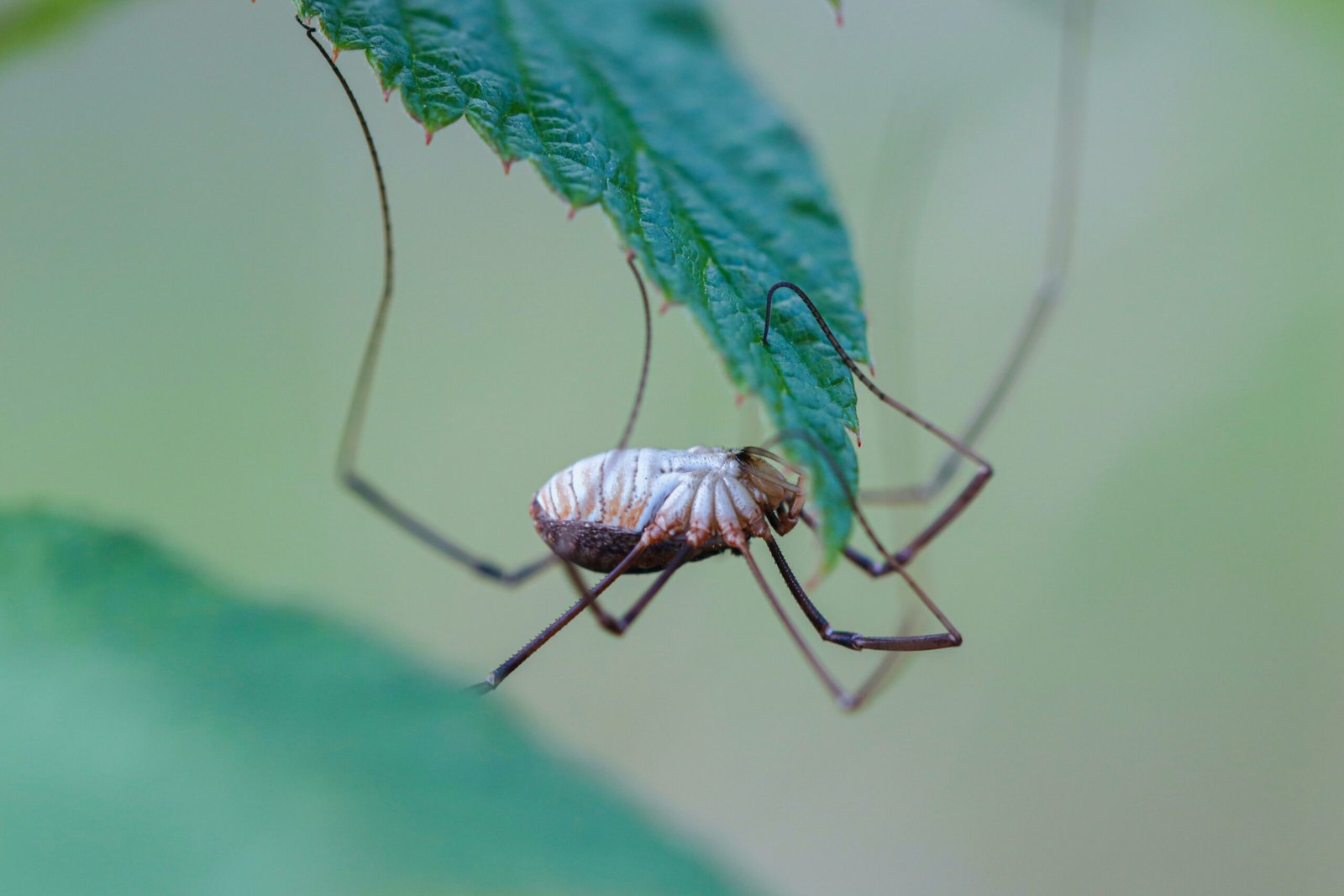Have you ever wondered how long it takes for a female tarantula to lay eggs after mating? Well, the answer may surprise you! Female tarantulas typically wait around two to six weeks before depositing their eggs. During this time, they meticulously prepare a silk-lined burrow or sac to protect and nurture their precious offspring. So, if you ever encounter a female tarantula who has recently mated, keep in mind that she is patiently awaiting the perfect moment to become a nurturing mother.

Factors affecting the timing of egglaying
When it comes to determining the timing of egglaying in female tarantulas, there are two main factors at play: the female reproductive cycle and environmental conditions. These factors work in conjunction to influence when a female tarantula will lay her eggs.
Female reproductive cycle
The female reproductive cycle plays a crucial role in determining when a female tarantula will lay her eggs. After mating, female tarantulas go through a series of changes in their reproductive organs to prepare for egg deposition.
Matured eggs in the abdomen
Post-mating, the female’s ovaries become filled with matured eggs, which are stored in her abdomen. These eggs will eventually be fertilized by the stored sperm and laid in a protective egg sac.
Sperm storage
Female tarantulas are known for having the ability to store sperm from a single mating session for an extended period of time. This sperm storage allows them to delay fertilization and egg deposition until the conditions are ideal.
Environmental conditions
Environmental conditions also play a significant role in determining when a female tarantula will lay her eggs. These conditions include temperature, humidity, and the availability of suitable nesting sites.
Temperature and humidity
Tarantulas are ectothermic creatures, meaning their body temperature is regulated by the surrounding environment. The ideal temperature and humidity levels are critical for successful egg development. If the conditions are too cold or dry, the female may delay laying her eggs until more favorable conditions arise.
Availability of suitable nesting sites
Tarantulas are meticulous when it comes to selecting suitable nesting sites for their eggs. The availability of sufficient hiding places and favorable microenvironments influences their decision to lay eggs. If the female tarantula cannot find a suitable nesting site, she may delay laying her eggs until one becomes available.
Observing behavioral changes
To determine when a female tarantula will lay her eggs, it is important to observe certain behavioral changes that occur after mating.
Post-mating behaviors
After mating, female tarantulas may exhibit changes in their behavior. They become more reclusive and spend more time in their burrows or hiding spots. This behavior change could indicate that the female is preparing to lay her eggs.
Development of the brood patch
Another important behavioral change to observe is the development of a brood patch. A brood patch is an area of modified hairs on the female’s abdomen that is used to protect and incubate the eggs. As the eggs develop inside the female, this patch becomes more prominent, indicating that egg deposition may be imminent.

Gestational period and egg deposition
The gestational period, or the time between mating and egg deposition, can vary among different tarantula species.
Varies among different tarantula species
Different species of tarantulas have different gestational periods. Some species may lay their eggs shortly after mating, while others may delay egg deposition for weeks or even months. It is important to research the specific species you are working with to understand their unique reproductive timeline.
Typical duration
On average, female tarantulas lay their eggs between 4 to 8 weeks after mating. However, this can vary depending on the factors mentioned earlier, such as the female’s reproductive cycle and environmental conditions.
Incubation and hatching process
Once the eggs are laid, the female tarantula enters the incubation period, which involves protecting and nurturing the eggs until they hatch.
Protective egg sac
Female tarantulas create a protective egg sac to safeguard their eggs from external threats. This sac is made from silk produced by the female and is usually hidden in a secure location, such as a burrow or a sheltered spot. The egg sac provides insulation and protection for the developing eggs.
Hatching time and process
The hatching time for tarantula eggs can also vary among species. It typically ranges from several weeks to several months, depending on the species and environmental conditions. Once the eggs hatch, the newly emerged spiderlings will remain in the sac for a period of time before venturing out into the world.

Female care and protection
Female tarantulas play a crucial role in caring for and protecting their eggs and offspring.
Role of the female
The female tarantula is responsible for feeding and guarding the eggs during the incubation period. She will often position herself near the egg sac to deter potential predators and ensure the safety of her offspring.
Feeding and guarding the eggs
During the incubation period, the female tarantula may rely on stored fat reserves to sustain herself as she guards the eggs. She will occasionally leave the egg sac to seek out food, but her primary focus remains on protecting the eggs.
Mating and reproduction in captivity
Breeding tarantulas in captivity can present some challenges, but with the right approach and preparation, successful reproduction can be achieved.
Challenges and observations
Breeding tarantulas in captivity requires careful monitoring and attention to the specific needs of each species. It is important to create a suitable environment, provide the proper nutrition, and closely observe the behavior of the males and females during the mating process. Failure to meet these requirements can result in unsuccessful mating and the absence of egg deposition.
Tips for successful breeding
To increase the chances of successful breeding, it is recommended to research the reproductive behaviors and requirements of the specific tarantula species you are working with. Providing optimal environmental conditions, ensuring proper nutrition, and introducing the male and female at the right time can all contribute to a successful mating and egg deposition.
In conclusion, the timing of egglaying in female tarantulas is influenced by the female reproductive cycle and environmental conditions. By understanding these factors and observing key behavioral changes, tarantula enthusiasts can have a better understanding of when to expect egg deposition. Additionally, proper care and protection of the eggs are essential for the successful emergence of healthy spiderlings. Breeding tarantulas in captivity requires careful attention to the specific needs of each species, but with the right approach and preparation, the joys of witnessing the reproductive process can be experienced.

